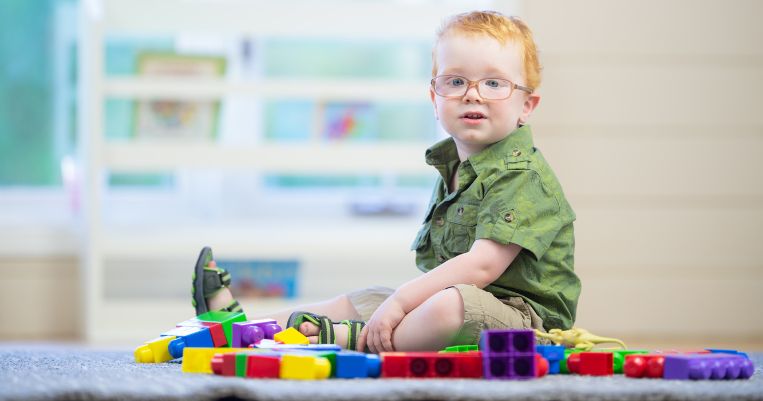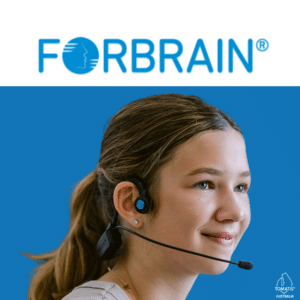Autism Spectrum Disorder (ASD) is a neurodevelopmental condition that has garnered increasing recognition and empathy in recent times. In this guide, we are trying to develop a better understanding of ASD, offering insights into its multidimensional nature, its prevalence among children, and adults, available therapeutic interventions, and its intricate relationship with Auditory Processing Disorder (APD).
Autism & auditory processing disorders are also known to coexist. Sometimes, children show similar symptoms with autism & auditory processing disorder often leading to misdiagnosis. Therefore it is important to differentiate between autism & auditory processing disorder to find the right course of treatment and therapy for these individuals.
Autism in children primarily shows during childhood, typically becoming evident by the age of two or three. It covers a spectrum of challenges including communication difficulties, social interaction hurdles, and repetitive behaviours. It must be noted that autism in adults needs catering as well as it does not become ‘normal’ after the child has grown up.
Children with ASD may struggle with many day to day activities or skills that come naturally to other children their age. These include interpreting social cues, maintaining eye contact, or engaging in imaginative play. Early intervention and specialised therapies are key in empowering children with autism to realise their full potential.
Child Autism Therapy Effective therapy strategies have emerged to support children in their autism journey. These encompass Applied Behavior Analysis (ABA), speech therapy, occupational therapy, and sensory integration therapy. Going through these therapy help these children immensely and help handle autism in adults
This can impede natural understanding of spoken language, potentially exacerbating communication challenges in those with ASD. Identifying and addressing APD can thus constitute a crucial component of child autism therapy in Sydney or any other city especially for autism in females. We will see more about autism in females in the upcoming section.






